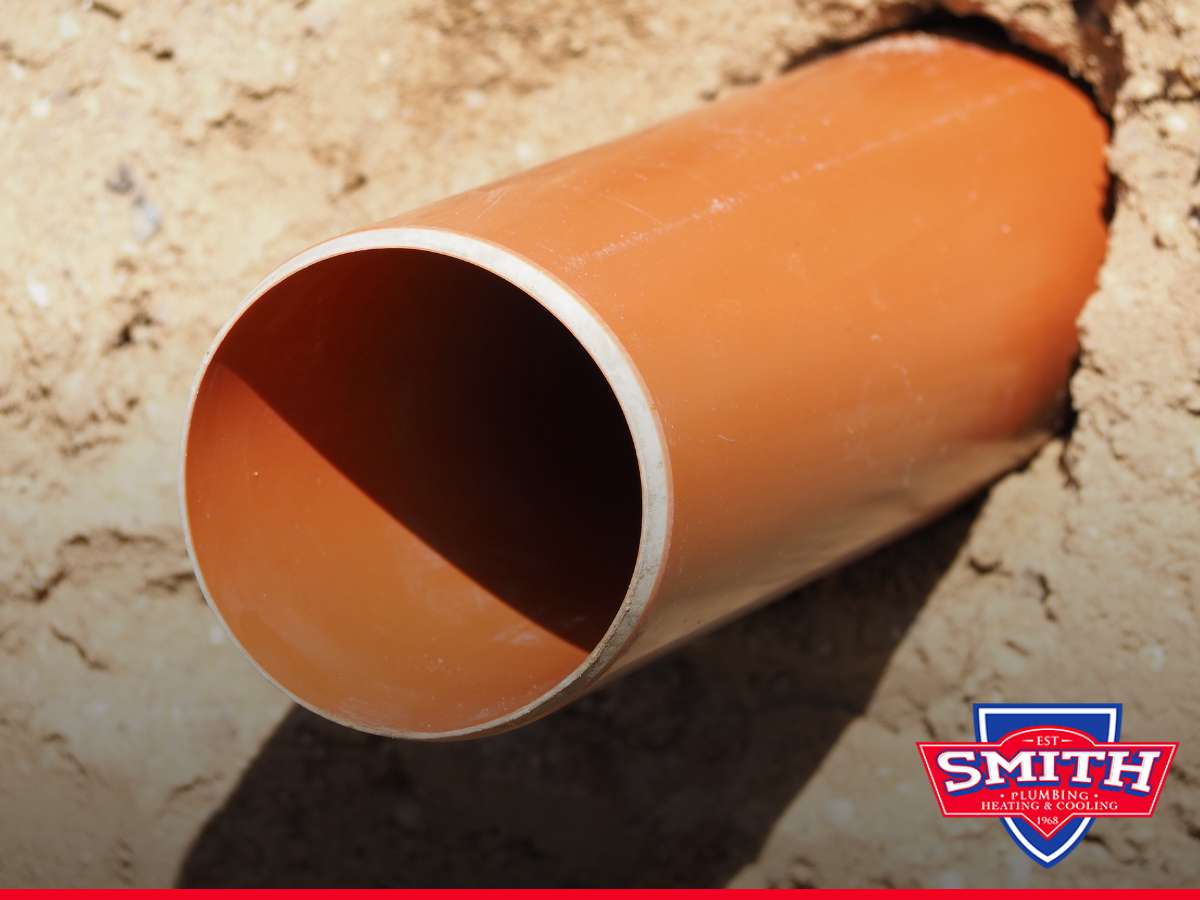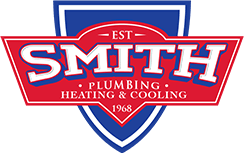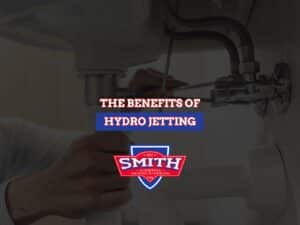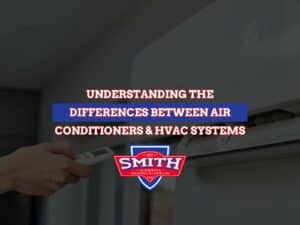A Guide To Replace a Sewer Line with Trenchless Technology for Optimal Plumbing Performance
Replacing an old sewer line can feel like a daunting task, especially when considering the potential disruption to your yard. Fortunately, plumbing contractors equipped with trenchless technology allow you to replace your sewer line without the need for traditional excavation. This process minimizes damage to your landscape while ensuring your plumbing system functions optimally.
In this article, we'll discover the steps of replacing a sewer line without excavation and cover essential information to make the process as smooth as possible.
What is Trenchless Sewer Repair? Trenchless sewer repair is a modern plumbing technology that enables homeowners to repair or replace damaged sewer lines with minimal excavation. The process typically requires small access points to be created in your property, allowing technicians to work efficiently without digging up large sections of your yard, driveway, or landscaping.
This approach is an ideal solution for addressing issues like cracks, blockages, or collapsed pipes, with little to no disruption to your everyday life.

Why Choose Trenchless Over Traditional Methods?
Here are some reasons why trenchless methods are often preferred over traditional excavation techniques for repairs:
- Minimal Disruption to Property: Unlike traditional excavation methods that involve digging large trenches, trenchless repairs require only small entry points. This means you don’t have to worry about your garden, driveway, or home being torn apart during the repair process.
- Faster Repair Times: Trenchless techniques are incredibly efficient, often taking just a few hours to complete, as opposed to traditional methods that can take several days or even weeks. This faster turnaround means less inconvenience for homeowners and businesses.
- Cost Savings: While the upfront cost of trenchless repair may be similar to traditional methods, the total cost can be significantly lower. There’s no need to repair damaged landscaping, driveways, or flooring, as trenchless methods preserve these features throughout the repair process.
- Environmentally Friendly: Trenchless methods are eco-friendly, as they generate less waste compared to traditional repairs. By minimizing excavation and reducing the need for new materials, trenchless technology reduces the environmental footprint of the repair process.
For those looking for a professional plumbing company that uses trenchless technology, this method offers a solution that’s both efficient and minimally invasive.
Types Of Trenchless Sewer Repair
Trenchless sewer repair includes several methods, each suited to specific types of damage. Understanding these techniques helps homeowners make informed decisions based on the severity of the damage to their sewer lines.
1. Pipe Lining (Cured-In-Place Pipe or CIPP)
Pipe lining involves inserting a resin-coated liner into the existing damaged pipe. Once in place, the liner is inflated and cured, forming a durable, seamless pipe within the old one. This method is ideal for minor cracks and leaks and is non-invasive and quick.
- Best For: Minor cracks, leaks, or minor deterioration.
- Advantages: Creates a corrosion-resistant new pipe without the need to remove the old one.
2. Pipe Bursting
Pipe bursting is used when the old sewer pipe is severely damaged or collapsed. This method uses a bursting head to break apart the damaged pipe while pulling a new one into place. The new pipe is often made from high-density polyethylene (HDPE) or similar durable materials.
- Best For: Severely damaged or collapsed pipes that need complete replacement.
- Advantages: No need to remove the old pipe, and the new pipe can be larger in diameter for better flow. If you're dealing with a situation that requires fast action, emergency plumbers can help assess whether pipe bursting is the right solution for your sewer line.
3. Directional Drilling
This method involves creating a new pathway for the sewer line by drilling horizontally underground. It is particularly useful for installations under roads, driveways, or other structures that cannot be disturbed.
- Best For: Installing new sewer lines under obstacles like roads or buildings.
- Advantages: Avoids surface disruption and allows for long-distance installations.
4. Spot Repairs
Spot repairs are used for smaller sections of damaged pipe. This technique involves localized repairs like epoxy injections or sectional pipe lining to address minor issues without replacing the entire pipe.
- Best For: Isolated leaks or cracks in smaller sections of the sewer line.
- Advantages: Quick and cost-effective for minor issues, with minimal disruption.
Step-by-Step Guidelines for Sewer Line Replacement Without Excavation
Now, let’s walk through the key steps involved in replacing a sewer line without the need for traditional excavation:
Step 1: Inspection & Evaluation
The first step in replacing your sewer line is identifying the issues. This is typically done using a camera inspection, where a small camera is inserted into the sewer line to visually assess the condition of the pipes. This footage helps plumbers determine the extent of the damage and choose the right repair technique. It's also essential to check whether a plumbing permit is required before starting the work, depending on your local regulations.
Step 2: Acquire Materials
Before starting the replacement, you will need to gather the necessary materials. This includes a high-pressure water jetter or hydro excavator and a trenchless pipe-bursting machine. These tools can often be rented from local equipment rental stores if you don't already own them. In addition to the tools, you'll also need new pipes made from durable materials like PVC or HDPE. Make sure you have all the required materials before beginning the replacement process.
Step 3: Site Preparation
Clear any obstacles or debris around the access point to ensure the trenchless machine can reach the sewer line. If the sewer line is under a structure or in a difficult-to-reach area, consider hiring a professional plumber with experience in trenchless technology. This will help prevent damage to your property and ensure the process goes smoothly.
Step 4: Establish Access Points
Your plumber will create two access points. One at the start and another at the end of the sewer line. These access points allow the pipe-bursting machine to pass through and replace the old pipe. In some cases, only one access point may be needed if a water jetter or hydro excavator is used, which requires smaller entry and exit holes.
Step 5: Insert the Bursting Head
Once the access points are ready, the plumber will insert the bursting head attached to a cable into one access point. This head is pulled through the old pipe, breaking it apart and making room for the new pipe. The machine uses hydraulic power to pull the bursting head, ensuring smooth and efficient operation.
Step 6: Introduce the New Pipe
As the old pipe is broken apart, the plumber will insert the new pipe behind the bursting head. The bursting head continues to pull the new pipe into place, effectively replacing the damaged pipe without the need for digging up the yard. This process is much faster and less invasive than traditional methods.
Step 7: Pipe Connection
Once the new pipe is in place, the plumber will connect it to the existing plumbing system. Using connectors and other materials, the plumber ensures the new pipe is securely and tightly connected to the old system. This is an important step to ensure that there are no leaks or issues once the job is complete.
Step 8: Leak Testing
Before sealing the access points, it's critical to test the new pipe for leaks. The plumber will run water through the system to ensure that everything is functioning properly. Any issues can be addressed immediately, ensuring minimal disruption to your yard and plumbing system.
Step 9: Access Point Closure
After the new pipe is successfully installed and leak-free, the plumber will seal the access points. The holes will be filled with compacted soil or concrete patches to restore the integrity of your yard. This process is quick and non-invasive compared to traditional excavation methods, and the concrete should be left to dry before any outdoor activities resume.
Step 10: Post-Repair Inspection
Once the job is complete, a final inspection is conducted to verify that everything is functioning as expected. A camera inspection is often used to check the condition of the new pipe and ensure there are no issues. The plumber will also check for any unusual signs like slow drainage or strange noises that could indicate a problem.
Choosing the Right Method for Your Sewer Line Issues
Selecting the best trenchless method depends on the severity of the damage and the characteristics of your existing pipe system. Here’s a guide to help you decide:
- Minor Damage: If the damage is localized to small cracks or leaks, pipe lining is a quick and effective solution.
- Severe Damage: For completely collapsed or severely damaged pipes, pipe bursting is often the best option. This method ensures the old pipe is completely replaced with a new one.
- New Installations or Underneath Structures: If you need to install a new sewer line under roads, driveways, or other structures, directional drilling offers a non-invasive solution. For example, emergency plumbers can also perform this method swiftly if you’re dealing with an urgent repair.
- Small, Isolated Issues: Spot repairs are the most cost-effective and minimally invasive approach for smaller problems in specific sections of your sewer line.
When making your decision, consider the method that minimizes disruption and effectively addresses the issue to ensure long-term plumbing efficiency.
The Future of Trenchless Sewer Repair
As technology continues to evolve, trenchless sewer repair methods are becoming even more sophisticated, offering faster and more reliable solutions for a wide range of plumbing issues. Whether you need to replace an old pipe or fix a minor leak, trenchless methods provide an efficient, eco-friendly alternative to traditional repair methods.
Homeowners and businesses are increasingly opting for trenchless solutions due to their numerous benefits, including less disruption, quicker repairs, and cost savings. As these techniques become more accessible, it’s likely that trenchless sewer repair will continue to be the go-to solution for addressing sewer line issues.
Conclusion
Replacing a sewer line doesn’t have to involve major excavation or destruction of your yard. By following these steps for trenchless sewer line replacement, you can ensure that the process is both efficient and non-invasive.
Whether you’re dealing with a leaky, outdated, or damaged sewer line, modern plumbing services make it possible to get the job done without the mess. For this reason, if you’re looking for reliable and experienced plumbers in Mesa, Smith Plumbing is here to help. Contact us today!


